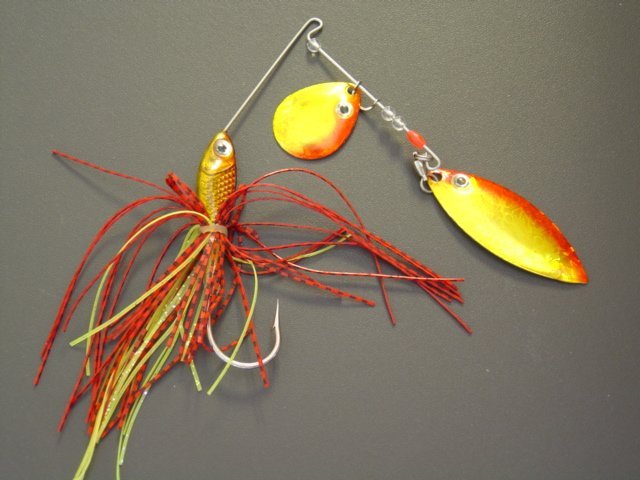Rapala Fishing Lures first appeared on the market in 1936, still found in an angler's fishing box today as an essential item. At the beginning, the Rapala Fishing Lures were hand carved using cork and native balsa wood by Lauri Rapala, an avid fisherman from Finland. He noted how fish had a tendency to head towards any injured baitfish and bite aggressively, so he designed a lure that was lightweight and mimicked an injured fish as it moved through the water, so this made the ideal lure.
These first fishing lures were experimental, produced using materials that were accessed from the home. The carved cork with the wood was coved using ordinary tin foil, which produced an even greater result as large fish would make more strikes thinking they had struck lucky with an injured fish. Rapala melted photography negatives which was used as a clear coating to cover the fishing lures to make them waterproof and to seal the tin foil covering. This proved amazing results, in a part of the world that was used to daily fishing events.
All the original Rapala Fishing Lures were handmade and were tested in person by Rapala himself as he had invented them. The demand grew so soon more people were hired to help with production, with the same attention to detail and personal handmade that became Rapala's trademark for each lure that was sold. Today, all Rapala Fishing Lures go through the rigorous testing in a tank before being passed on for sale so as to ensure that it does have the correct movement of an injured fish in water.
Between 1936 and 1965 the Rapala floater was the original and only Rapala Fishing Lure available on the market, then came the balanced jigging lure and the introduction of the saltwater floater. A jointed diver was newly produced in 1974 and in the 1980's came the production of the shad lures.
From 1999, a newer version of Rapala Fishing Lure has been introduced just about every season. These lures are famously sold in over 140 countries worldwide in many stores that sell sporting goods, and with the internet even more have been sold globally. Each year sees a turnover of more than twenty million Rapala Fishing Lures that are sold, which just reflects the actual new ones that are sold in retail outlets. Rapala has also introduced many more fishing gadgest like a fish and fillet knife which came out in 1964, and then came the handheld digital weighing scale in the year 1989. The company, Normark, the owner of the Rapala line include in their product range - rods, reels, accessories and other fishing tools.
Today, the Rapala Fishing Lures continue to be mostly made and tested by the original method of Lauri Rapala's first lure made in his home in 1936, and is still a bestselling lure around the world.
Article Source: http://EzineArticles.com/?expert=Abhishek_Agarwal
















